What Level of Craftsmanship Is Needed for an Older Home Improvement Project
Topic:
Remodel Old Home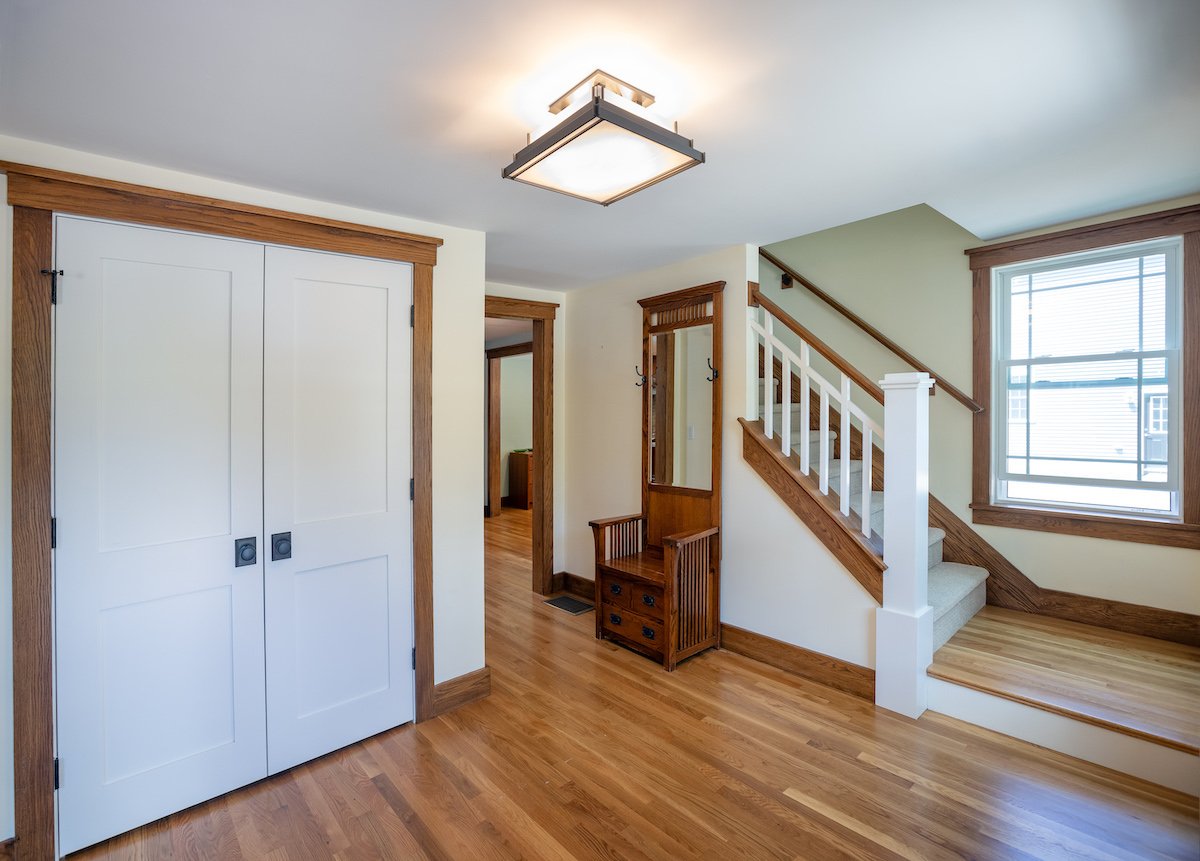
You bought an older home for the history and charm, but now it’s up to you to take care of it properly. Here in New England, it doesn’t have to be Otis House or JFK’s birthplace to have a remarkable history. Older homes tell a story, but to keep them in good condition takes the right kind of help. Historic home renovation contractors are not always easy to find.
When your older home was built, building science and the materials used were vastly different from today. Finding craftspeople who understand how things were done then and blend them seamlessly into today is a huge challenge. Craftsmanship is multi-faceted, and no one person is likely to be able to make improvements to your older home that honor the past and make room for how you and your family live in the present.
10 Crucial Aspects of Craftsmanship in Older Home Remodeling
So much thought and attention to detail goes into building or remodeling a home. That is never more true than when the craftsmanship of an older home is respected and updated for today. Finding the right historic home renovation contractor is crucial. Here are 10 areas where the right craftsperson can make or break a positive historic home renovation experience.
1) Build Team and Project Management
To manage an older home improvement project from start to finish, you want a design-build team with experience in managing old home renovation.

Good project management starts with feasibility. What are the budget, zoning, and historic preservation constraints on the remodeling project you are considering?
This is where the details matter. When you work with a good planning and project management team from the beginning you can really sharpen the pencil on what has to go into the project before it gets started. You are starting with a well thought out plan before dirt gets moved or a hammer is raised.
2) Permitting
Permitting requirements vary from town to town. It is important to work with someone who understands the requirements where your home is located. The building inspector is working from those codes, and will not pass an inspection at any phase of construction that falls short of those codes. Failed inspections can create costly delays to the project.
Permitting and zoning requirements change over time, so it is important to make sure you are in compliance. For instance, we recently finished a project in a conservation zone. We called in a botanist to locate the line of vegetation on the property and flag it. This established the perimeter of the conservation area. A surveyor then marked it on the plan to show the distance between the remodeling project and the protected vegetation. A notice of intent then went to the conservation commission for approval. Knowing how to wade through the permitting process is another aspect of craftsmanship–getting the job done thoroughly and right the first time.
3) Architecture and Interior Design
When remodeling an older home, architects need to understand old world building science and how it relates to new construction methods as well as modern structural engineering needs.
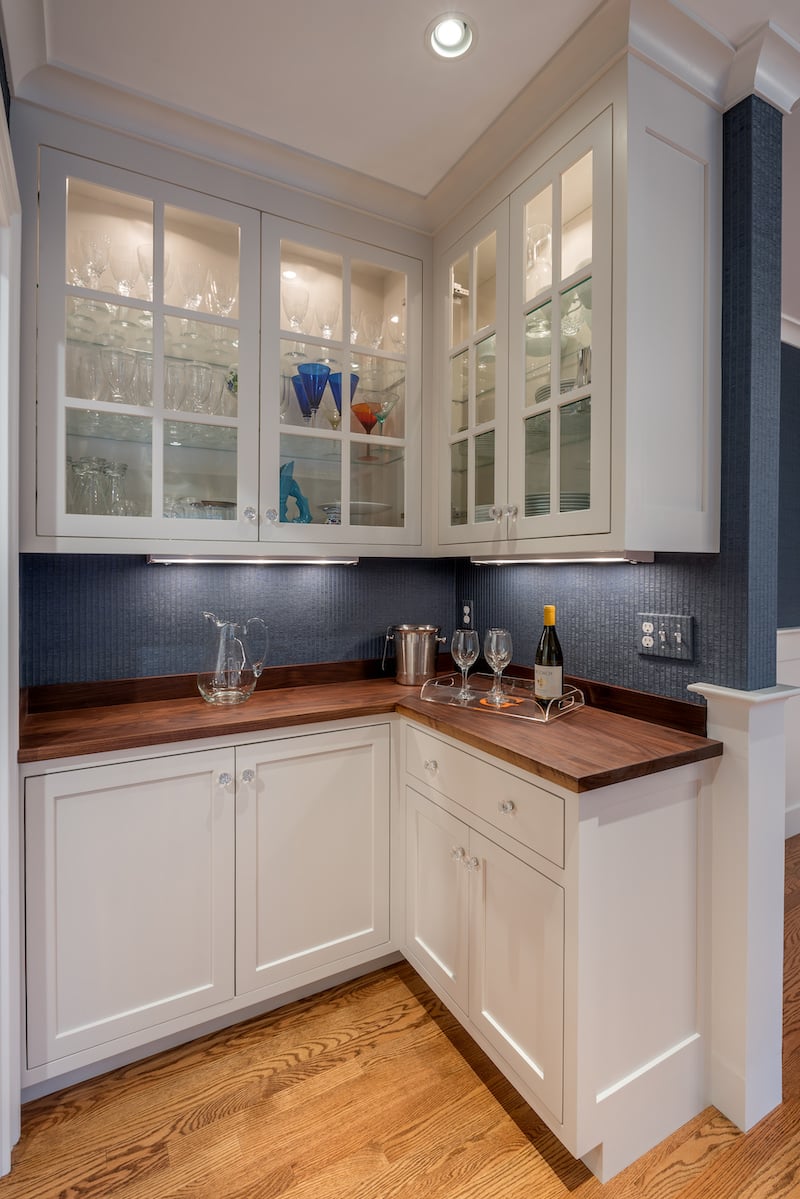
Homes of any era have unique exterior features. Older homes often have elaborate exterior styles and elements. When building an addition, it should look as if it’s always been there, blending into the existing exterior of the home.
Interior design has a different set of challenges. Older homes were built around different needs and wants. For instance, many older New England homes are compartmentalized so certain areas can be heated in the winter, and occupants can stay warmer in those rooms, and scuttle off to bed with a warm brick or hot water bottle to put at their feet. Knowing how to design blueprints and an interior that honors the past while allowing families to live comfortably in the present takes a high level of craftsmanship.
4) Framing
Framing a home has been far from uniform over the past several hundred years. The 2x6s and 2x4s that are used today are a fairly recent development. New England farmhouses are more likely to be timber frame construction. Balloon framing was in vogue from the mid-1800s to the early 1900s. The framing of the past likely will not meet modern building code or building science standards.
5) Plumbing, Electrical and HVAC
When your home was built, the HVAC system likely consisted of a fireplace and perhaps a pot belly stove. Later, radiators were likely installed. There was certainly no ductwork pathway for forced air systems. It will take a creative craftsman to find space for the ductwork without taking away from the overall design of the home with soffits that stick out like sore thumbs.

Electrical was likely knob and tube wiring when your home was built, or it was installed if your home was built before the early 1900s. Knob and tube wiring can be very unsafe, and is not up to code, so an experienced electrician will need to bring the old wiring up to code.
As for plumbing, a home built before modern plumbing has likely seen a lot of changes over time. Such a home needed to be retrofitted for running water in the kitchen and a brand new room created called a water closet. Plumbing materials have changed over time, creating problems that will need to be addressed by good craftsmanship to ensure there are no major plumbing issues in the future.
6) Insulation and HERS
With today's new energy codes and the Home Energy Rating System (HERS), you need a higher level of insulation and a HERS rater will be required. In many cases, you will need to consider which insulation values will be required by permit.
7) Plaster and Paint
An old home often means working with plaster walls Old plaster — most likely made with horsehair and coated over lath — is a very challenging material to work with. Blending old plasterwork in with newer materials requires a high level of craftsmanship.
Paint can be an area where homeowners put off decisions and take a DIY approach. You will appreciate and respect the result of a painter who does the right prep work, especially in an older home. A good interior paint job is not so much noticed as admired. When prep work is not attended to and poor application is done, that’s when painting is noticed–for all the wrong reasons.
8) Interior Trim and Millwork
There is a beautiful curved staircase in your historic home, or crown molding in multiple pieces around your living room/dining room area. If you are trying to match or maintain a historical aesthetic, finding people who can do this work is becoming increasingly more difficult. Craftsman who do this work have aged out of the industry, and it requires a very high level of craftsmanship and detail to match the old aesthetic.
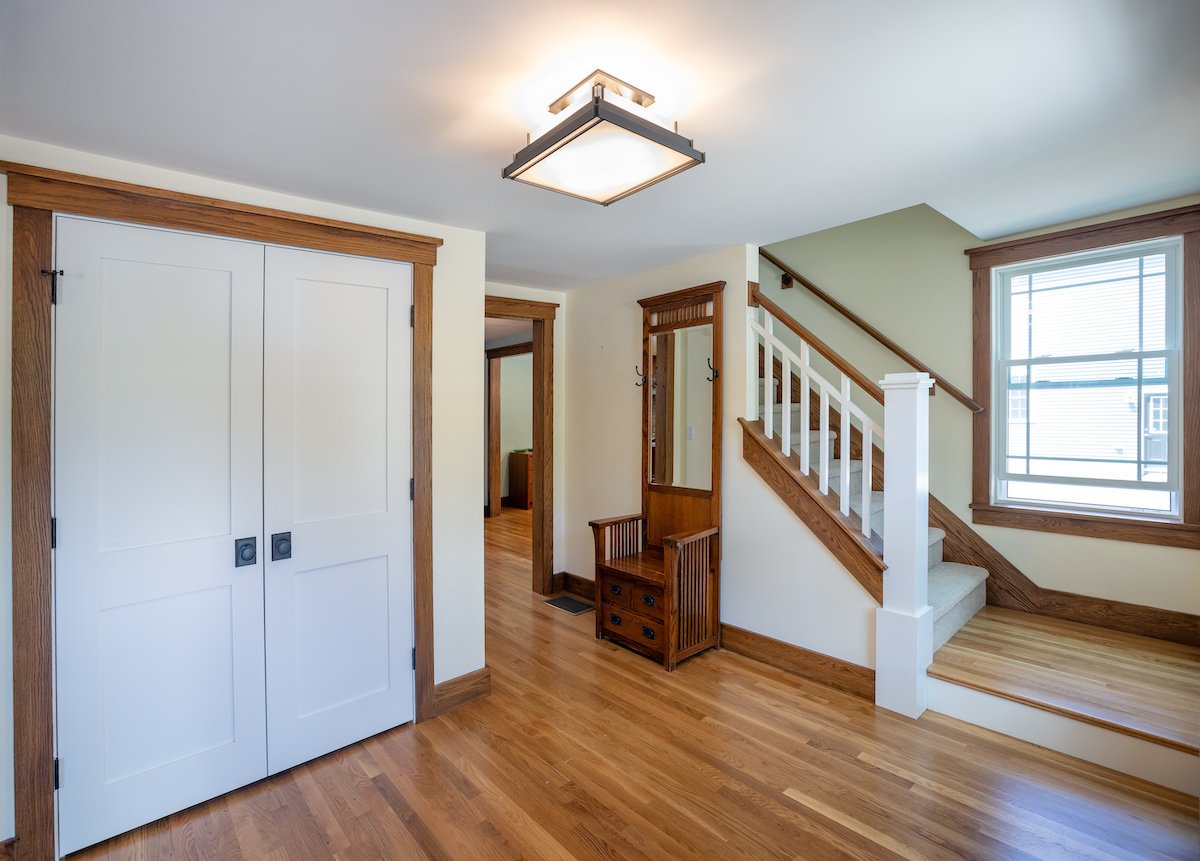
In an older home renovation, these finishing touches are crucial to get right. In a restoration we recently completed, the walls were too thin to hold a door casing. The doors need to be modified to fit. Doors come with frames or you can custom build the frame yourself. You have to modify the frame when the wall is too thin. Replacing a door in a recently built tract home with standard walls and door trim is one thing. The craftsmanship required to do this in an older home is quite another.
9) Managing and Removing Hazardous Materials
Older home building science can often mean you are dealing with hazardous materials. Whether it’s lead paint, asbestos, mold, or other common hazards, they need proper remediation.
10) Exterior Details
What do people remark about when admiring our older home? It’s likely to be an aspect of the exterior particular to a certain era. It might be slate roofing or a wrought iron fence. If you live near the coast, your home may boast cedar shingles. Older homes may have wooden or copper rain gutters. When adding on to a home or refurbishing some aspect of the exterior, these details need to be managed and matched to the original as closely as possible.
Putting the Craftsmanship Pieces Together
Putting all of these aspects of historic home renovation together can be very difficult. There are so many details that go into fine craftsmanship to create a finished product that the tradespeople who work on your home, and most importantly you the homeowner, can be proud of. A relationship with a building partner who highly values craftsmanship will result in exactly that.
To learn more about what you need to consider for your old home renovation project, download our free ebook, The Top 12 Things to Know Before Remodeling an Old Home. If you're ready to start discussing how we can help you with you a renovation project of your own old home, schedule a free, 15-minute project discovery session.


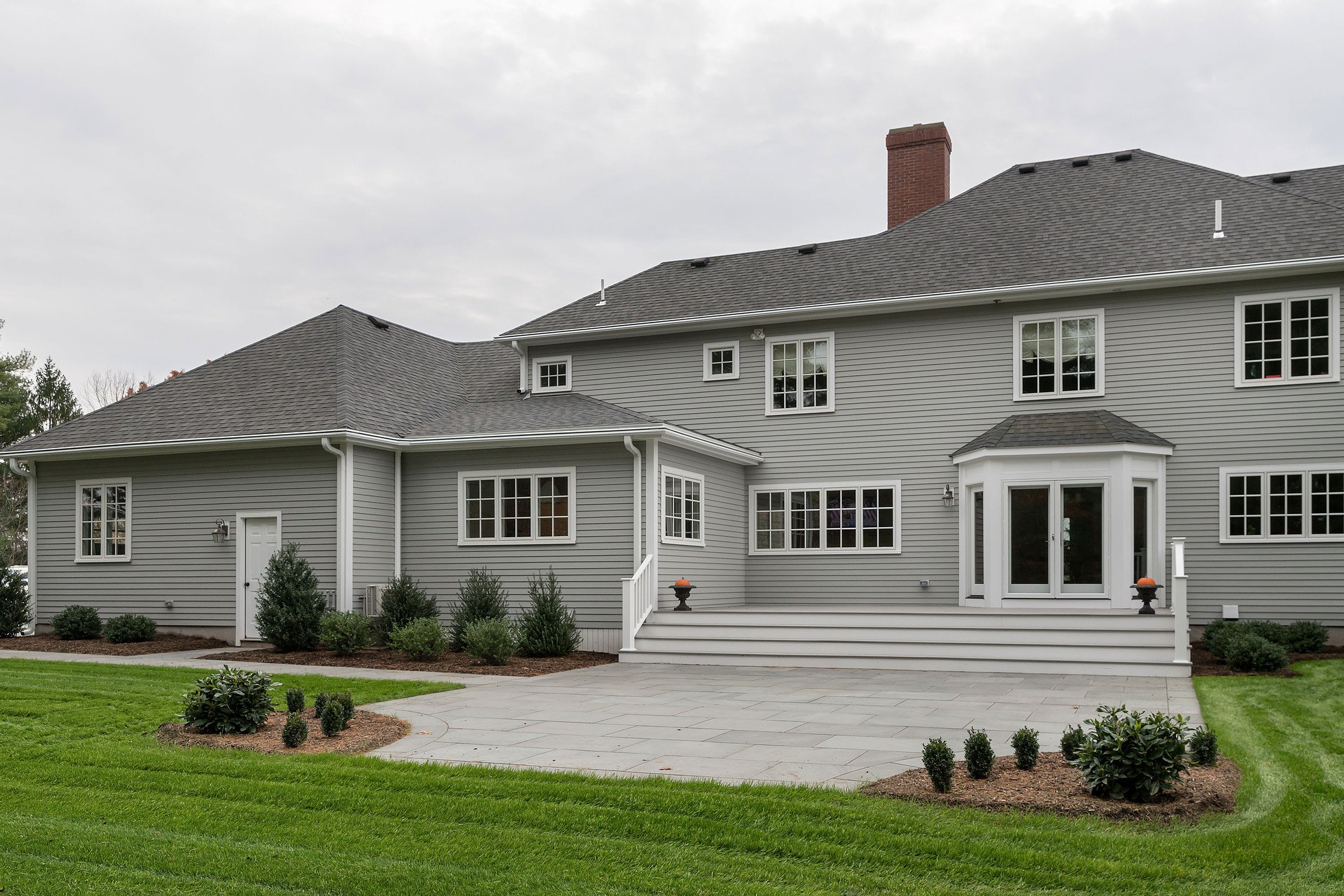


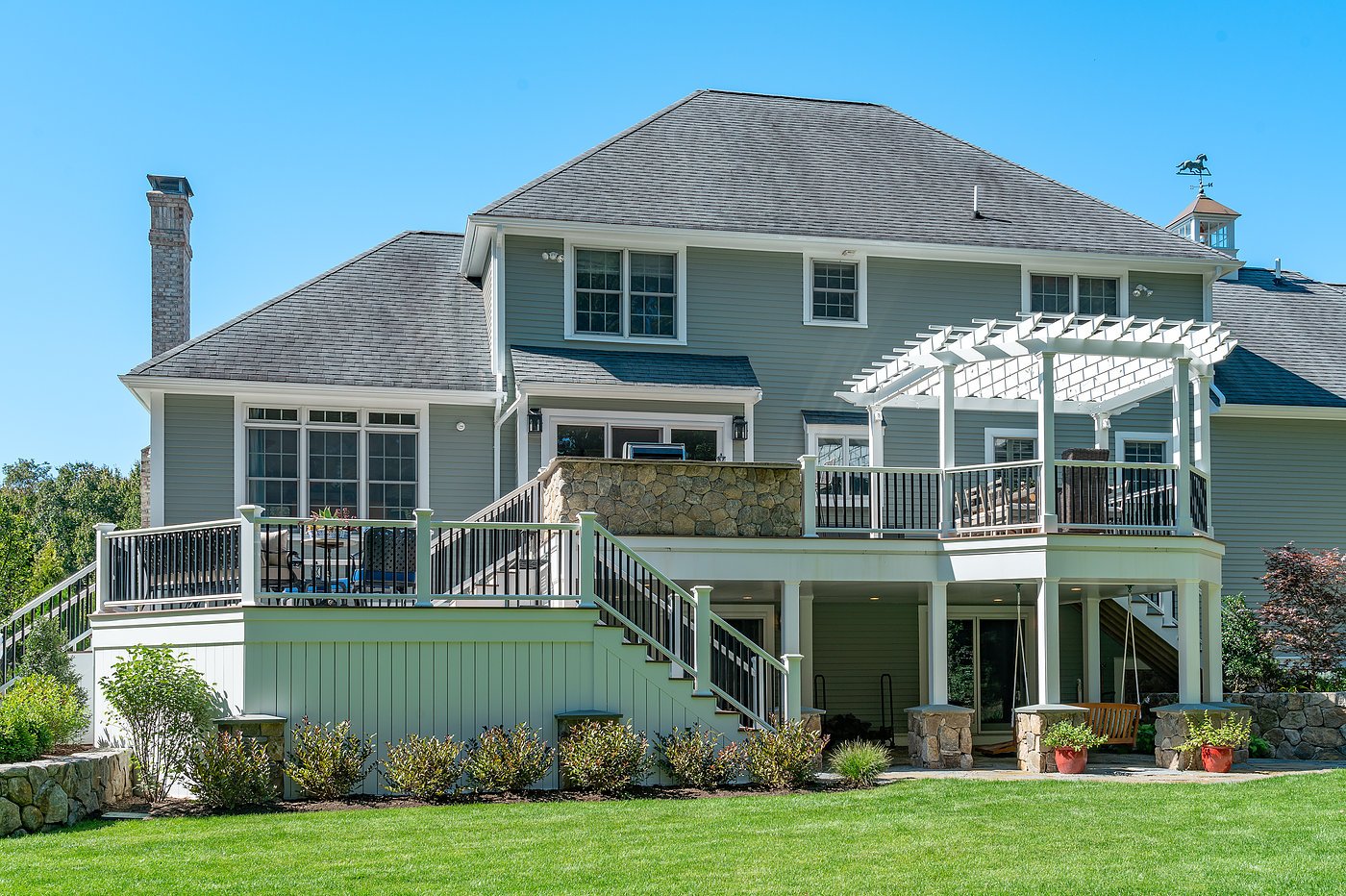
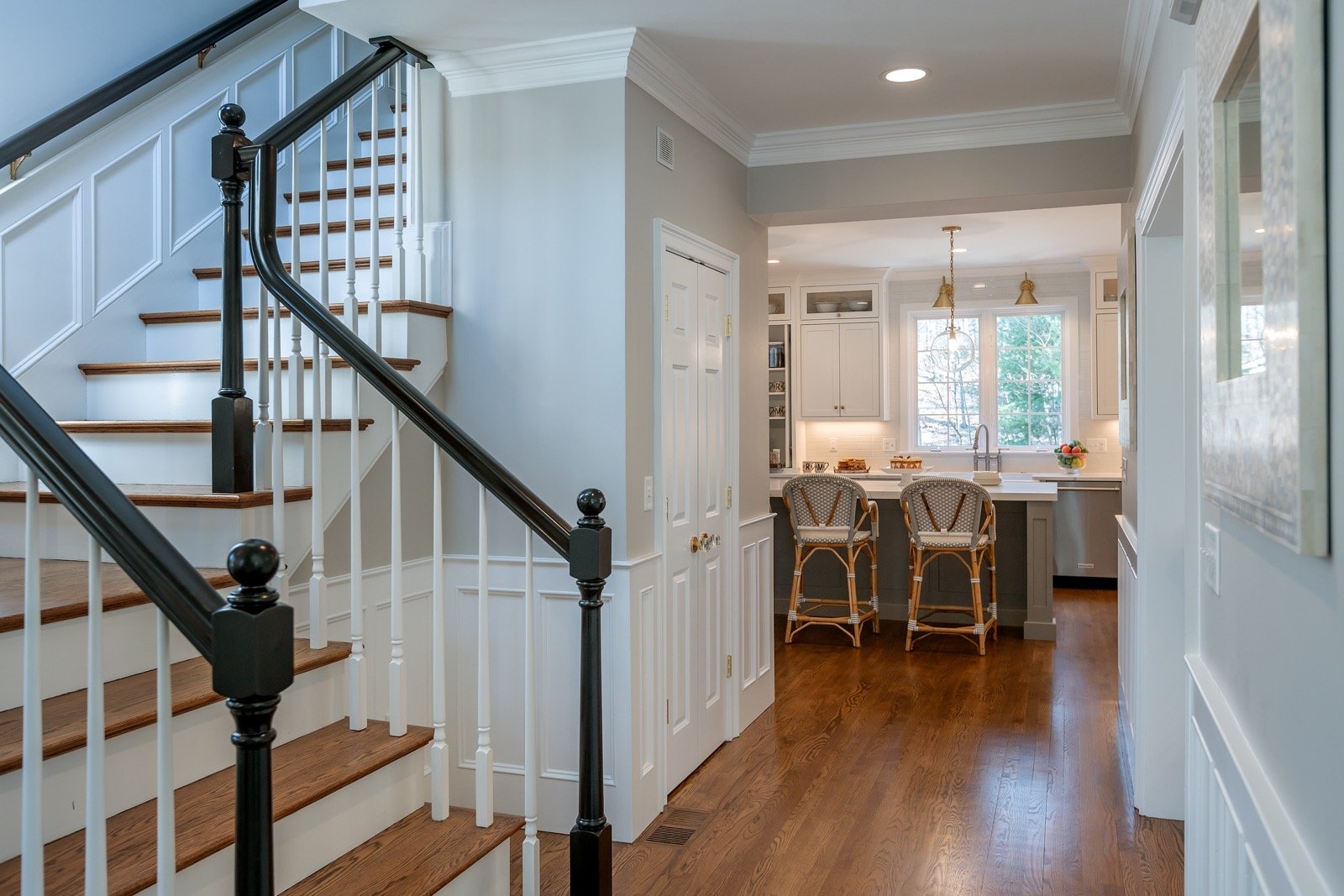
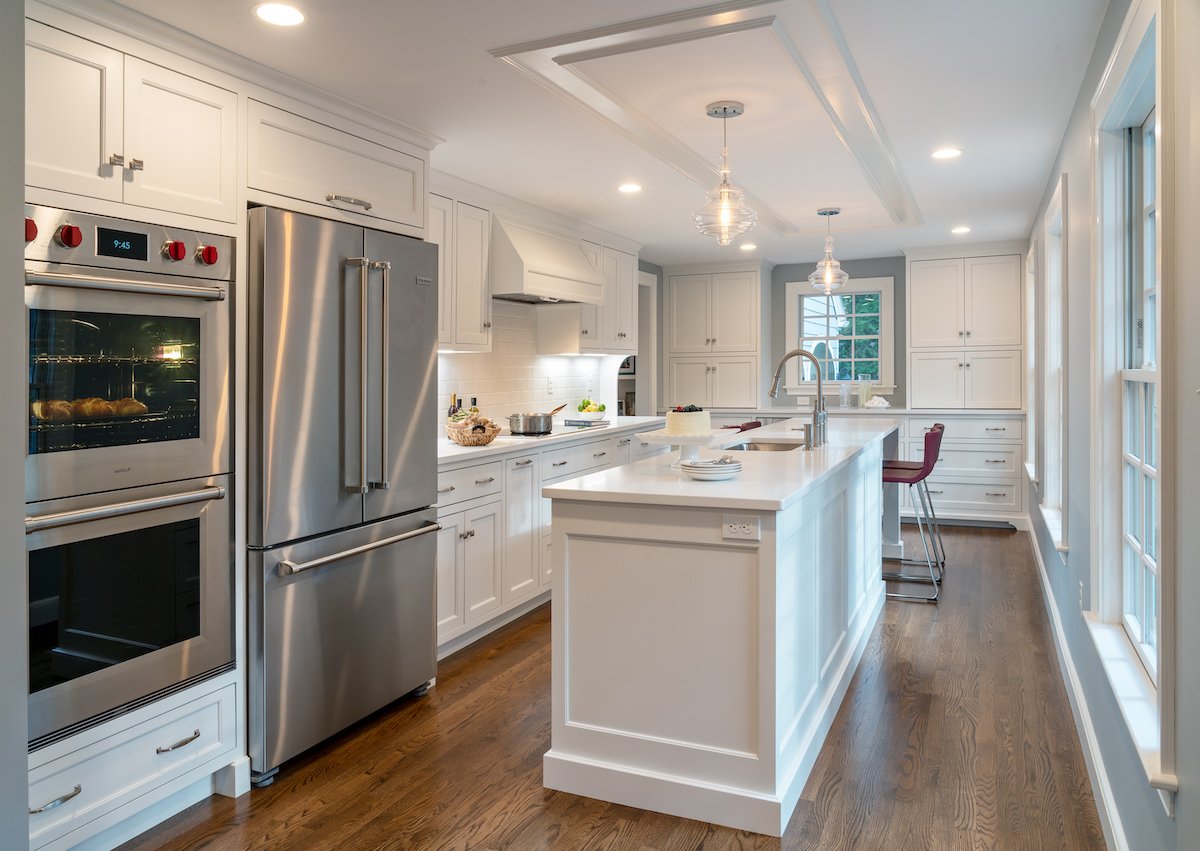
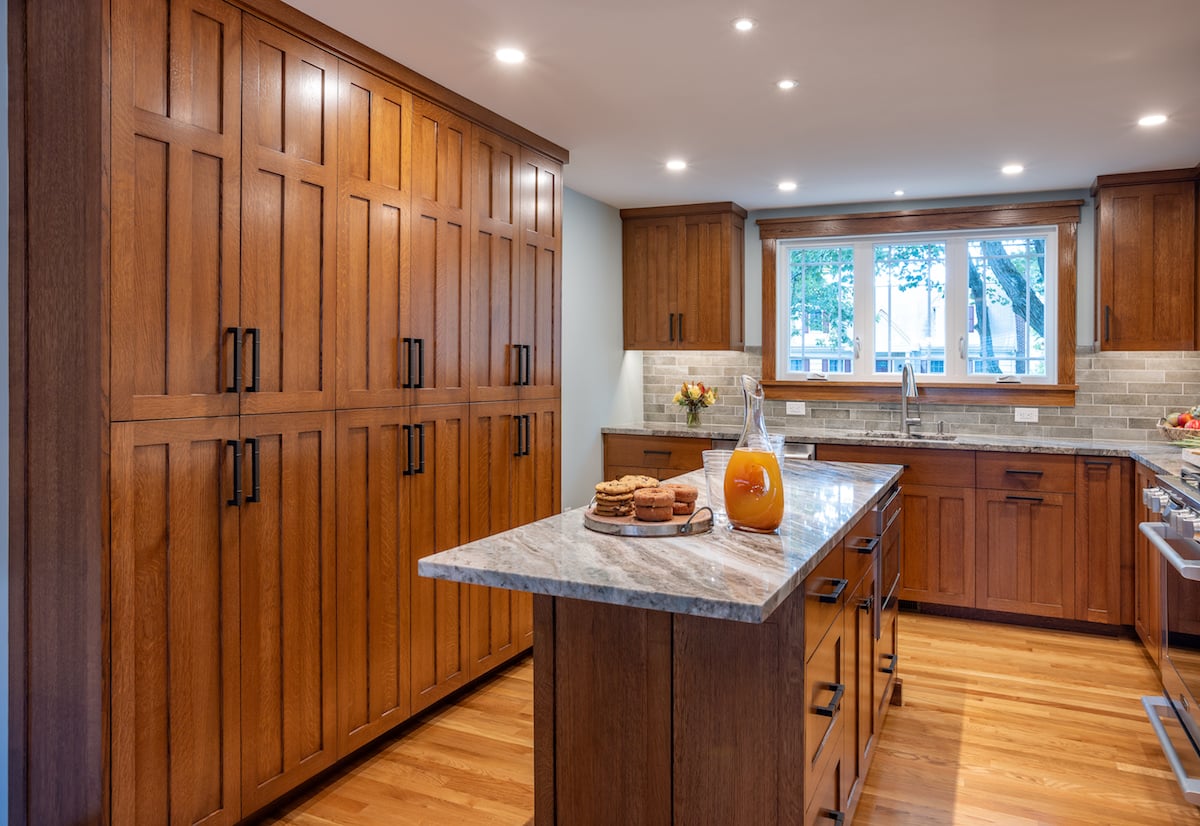
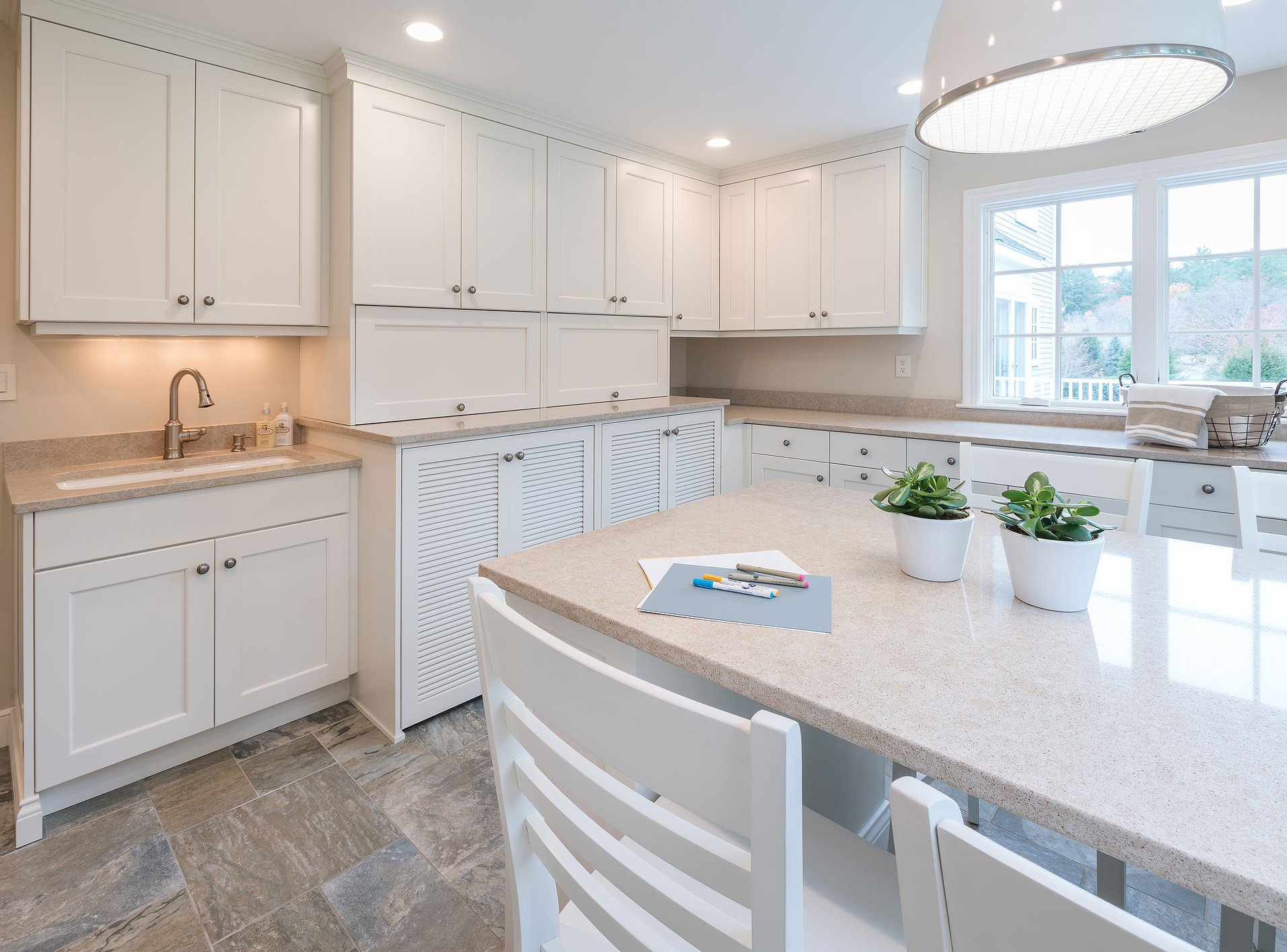
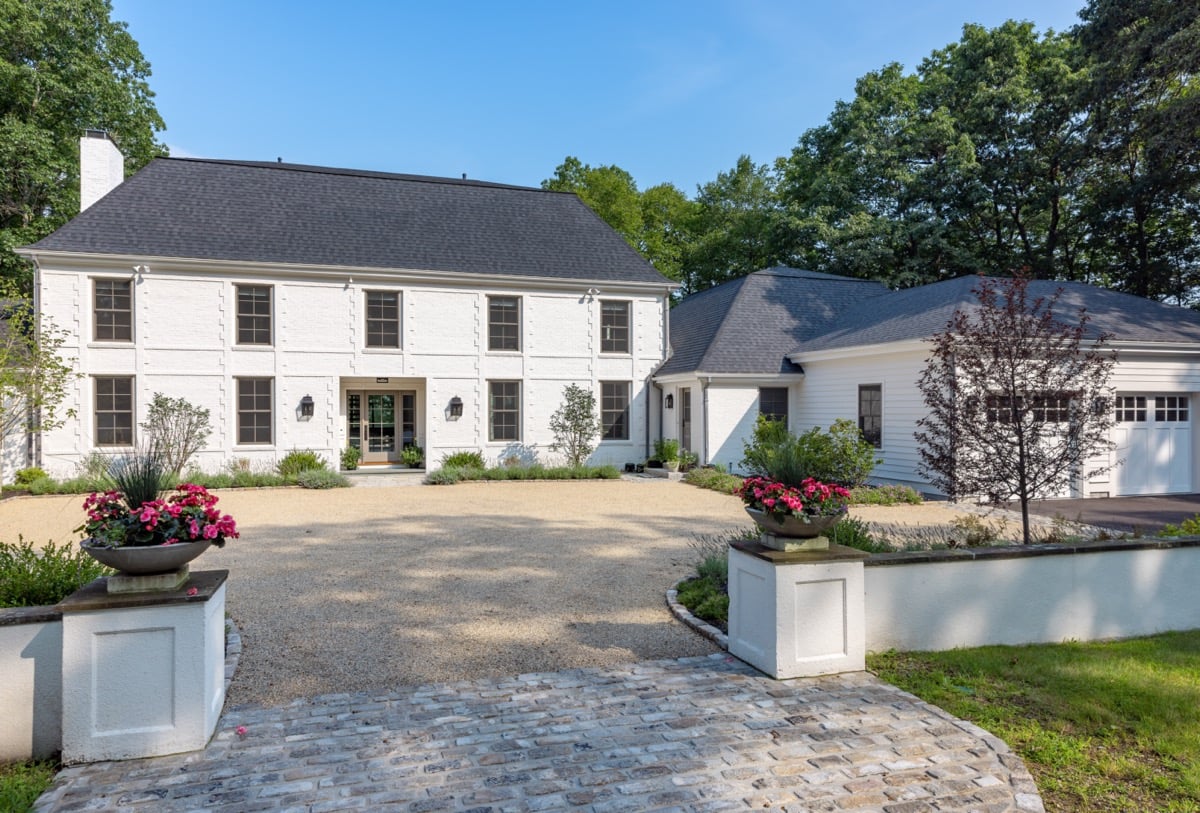
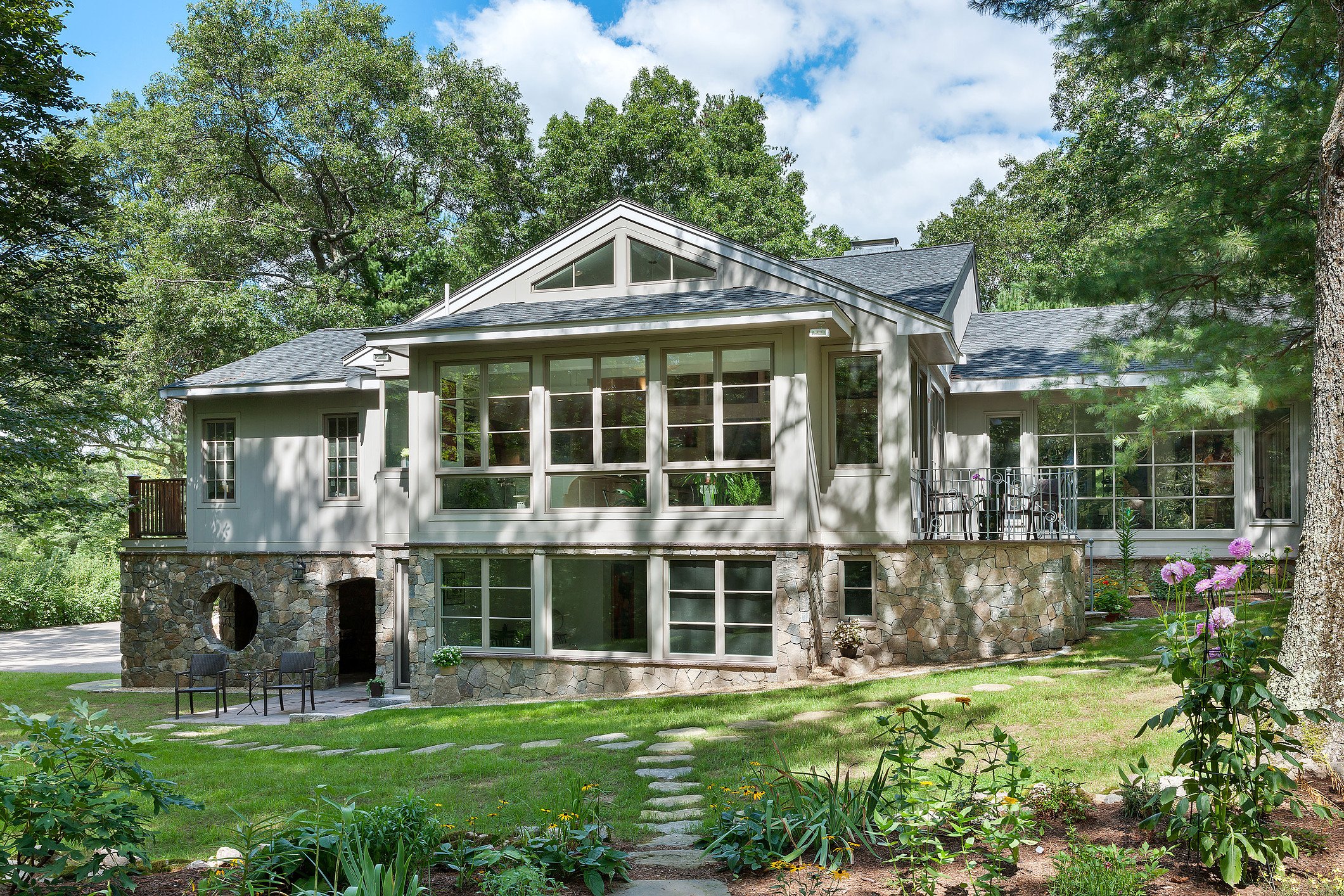
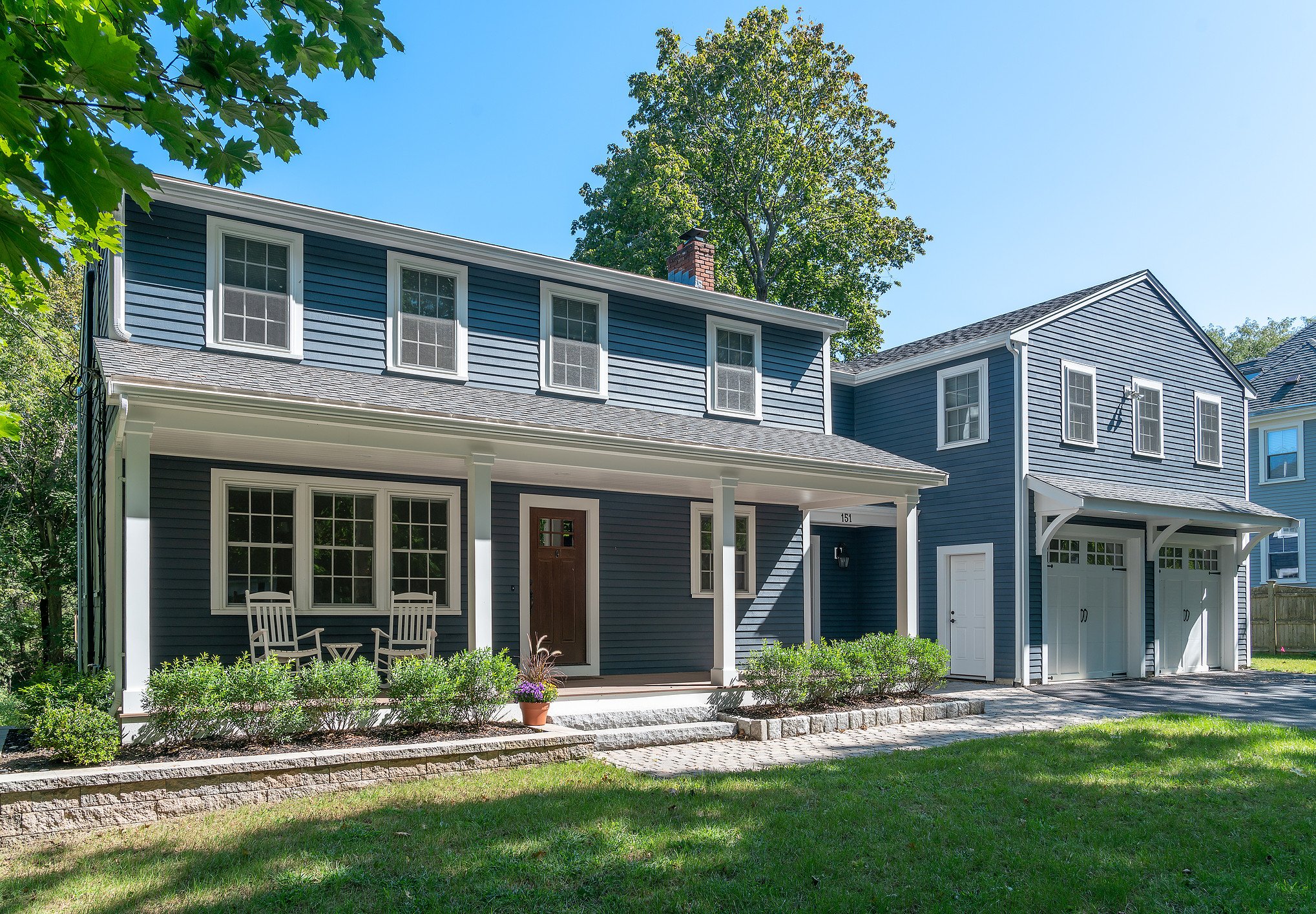
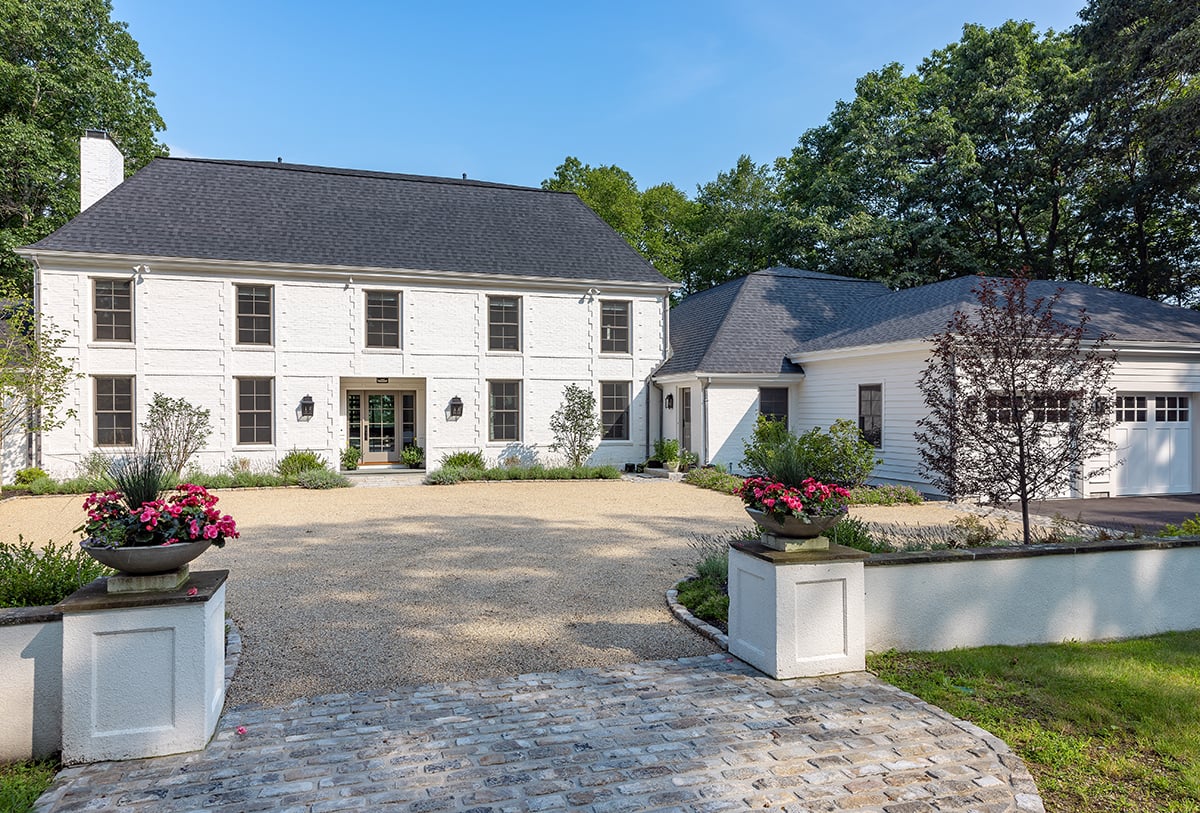

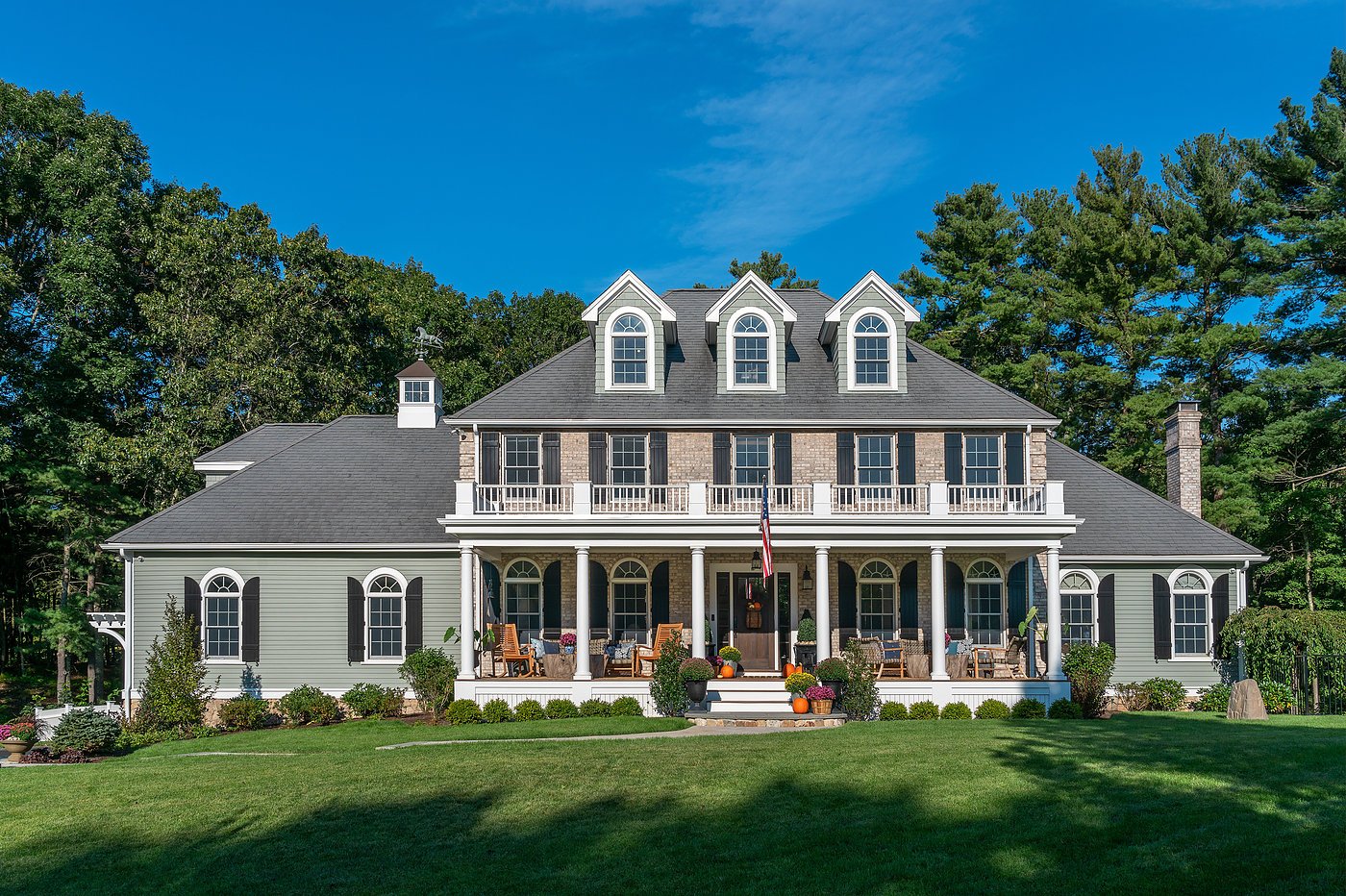
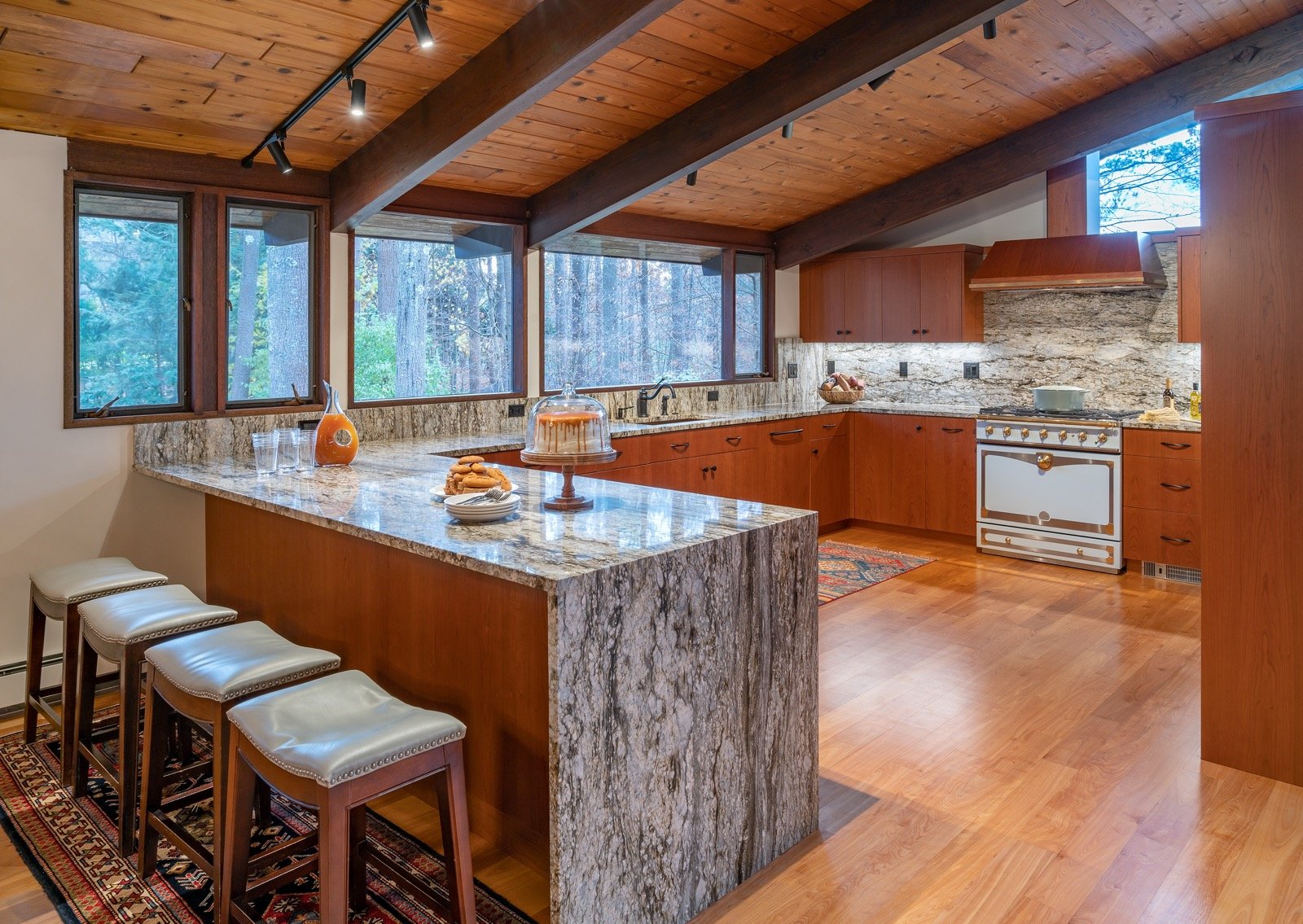
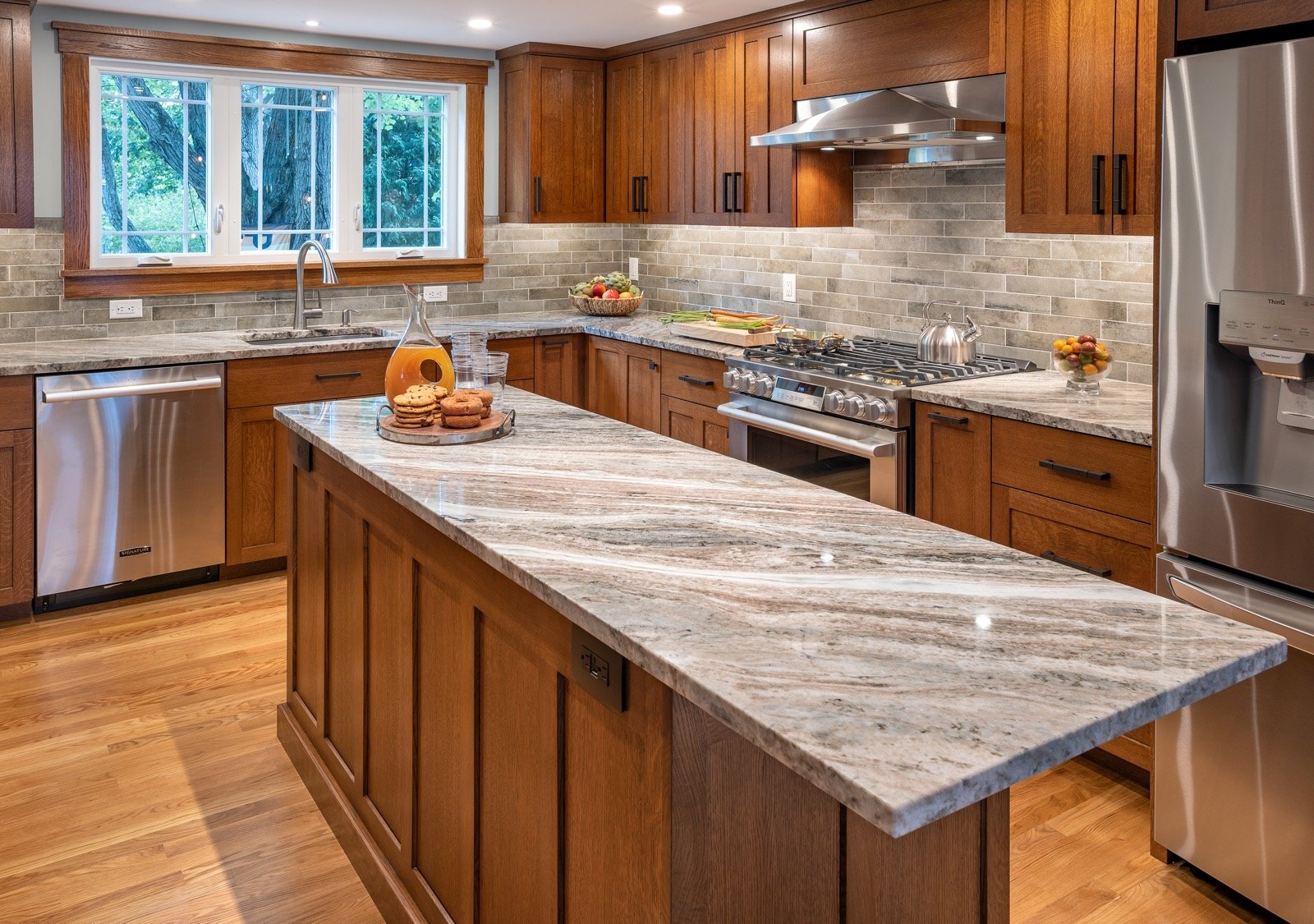
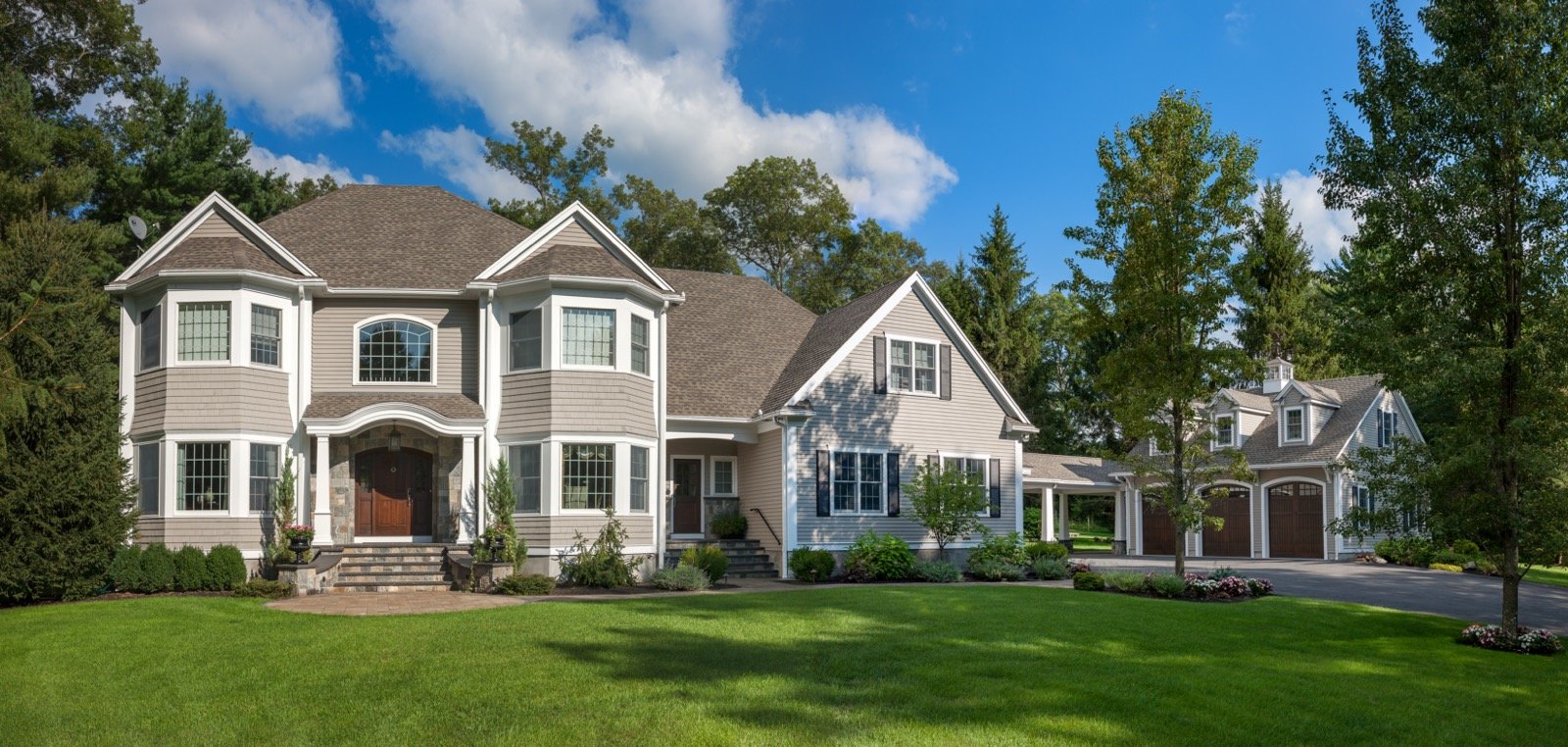
Leave a comment